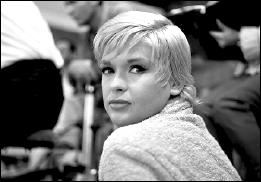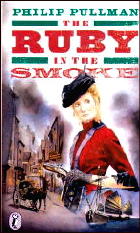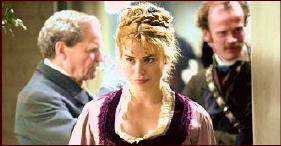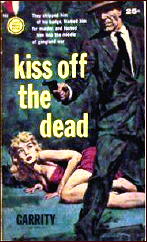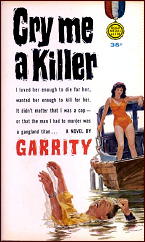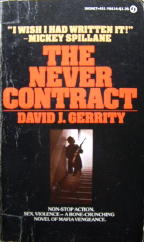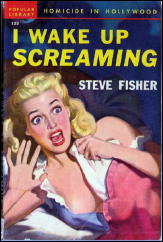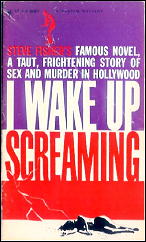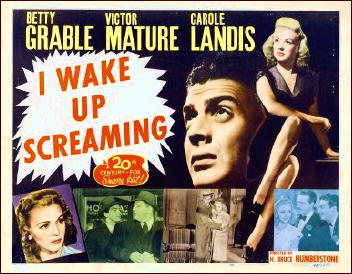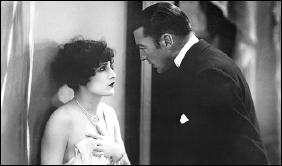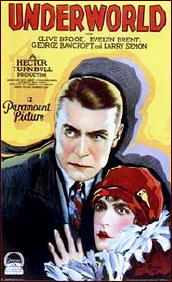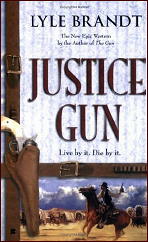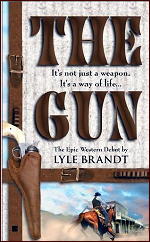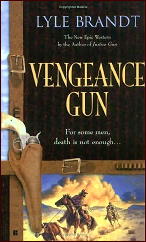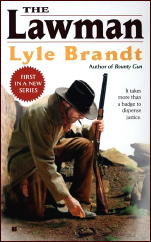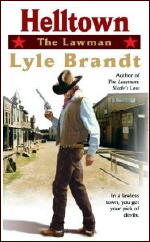Sun 14 Mar 2010
A Western Movie Review: A MAN CALLED SLEDGE (1970).
Posted by Steve under Reviews , Western movies[6] Comments
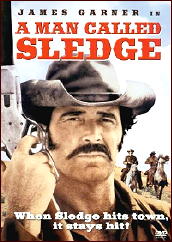
A MAN CALLED SLEDGE. Columbia Pictures, 1970. James Garner, Dennis Weaver, Claude Akins, John Marley, Laura Antonelli, Wayde Preston. Producer: Dino de Laurentiis. Directors: Vic Morrow (also co-screenwriter) & Giorgio Gentili (the latter uncredited).
What were they thinking? A spaghetti western filmed in Spain starring three of the most likable guys in American TV at the time as despicable villains? No way. There’s no chance in the world that these fellows could have pulled it off, and they don’t.
From the title alone, you might think that this bit of tomfoolery was meant to be a spoof, but as the movie goes on it will gradually sink in, as if against your will, that they were deadly serious about this. Filmed in beautiful knock-your-eyes-out Technicolor, the movie itself is a shake-your-head-in-wonderment deadly bore.
All except for a few moments around the two-thirds mark, that is, when Luther Sledge and his gang manage to steal $300,000 in gold from a well-fortified prison from the inside out. The rest of the movie is filled with action, all right, but of the uninspired gratuitous kind, of which other spaghetti westerns are equally filled. Try to imagine James Garner with a truly evil glint in his eye, and you can’t.
Henry Fonda could have done this. James Garner is essentially just too nice. In Sledge, he only succeeds in looking (and acting) dumb. Why would he need the money (to be split numerous ways) when his steady girl friend Ria (Laura Antonelli) begs him not to go through with his plan? She wants him (heaven knows why), not the money.
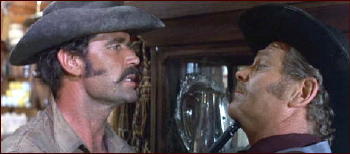
The plan which does not turn out well in the end, as you might expect, but what you will not expect is how dull-witted (if not feeble-minded) the gents are who pull off this heist are, only to let the proceeds slip through their fingers again so easily. (Which of course is the whole point, and points, I will concede, we will accept however we obtain them.)
While the scenery and the colors are absolutely wonderful, you do have to ignore all of the fancy camera positions and shooting angles whenever the actors get on stage, as they are prone to do. All the camera shots do is call attention to themselves, and why the movie had to be redubbed back into English is beyond me.
PostScript: It is my contention that you can take any western and by watching it, but totally ignoring who the actors are, place it in the right decade, whether it be the 1920s, 30, 40s and all the way up. The themes, the settings, the clothes, the hair styles, the atmosphere — the idea of what a western was supposed to be changed decade by decade — and reflected that decade exactly.
This is neither the time nor place to develop this thesis further, but I will, someday.
